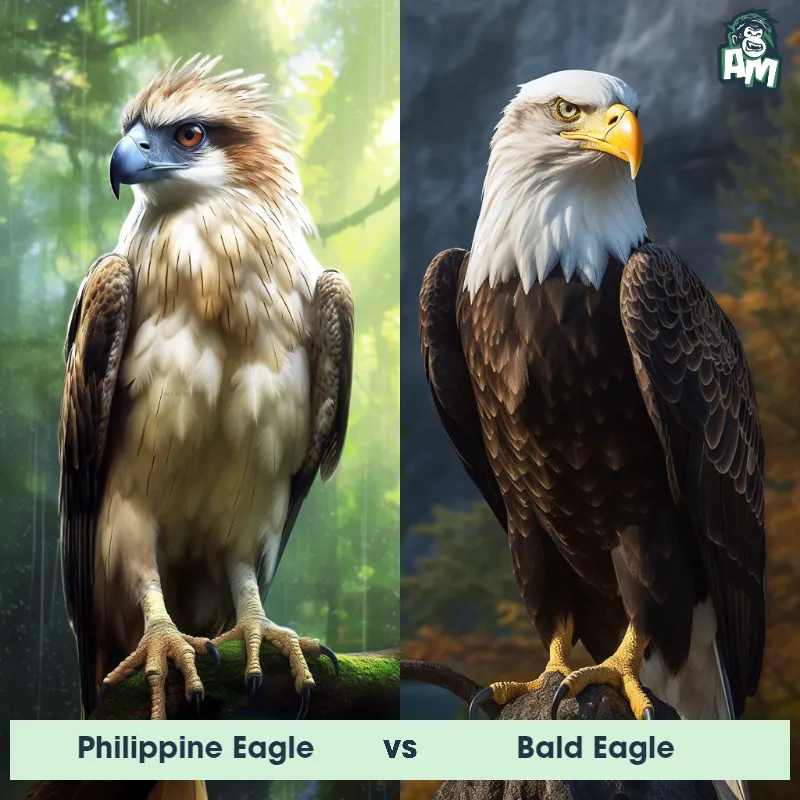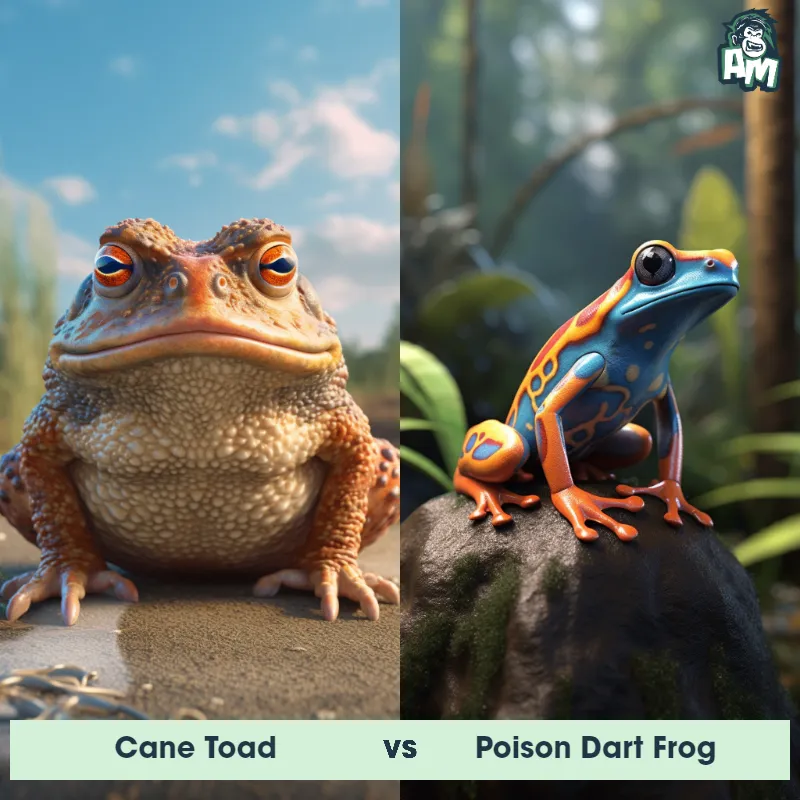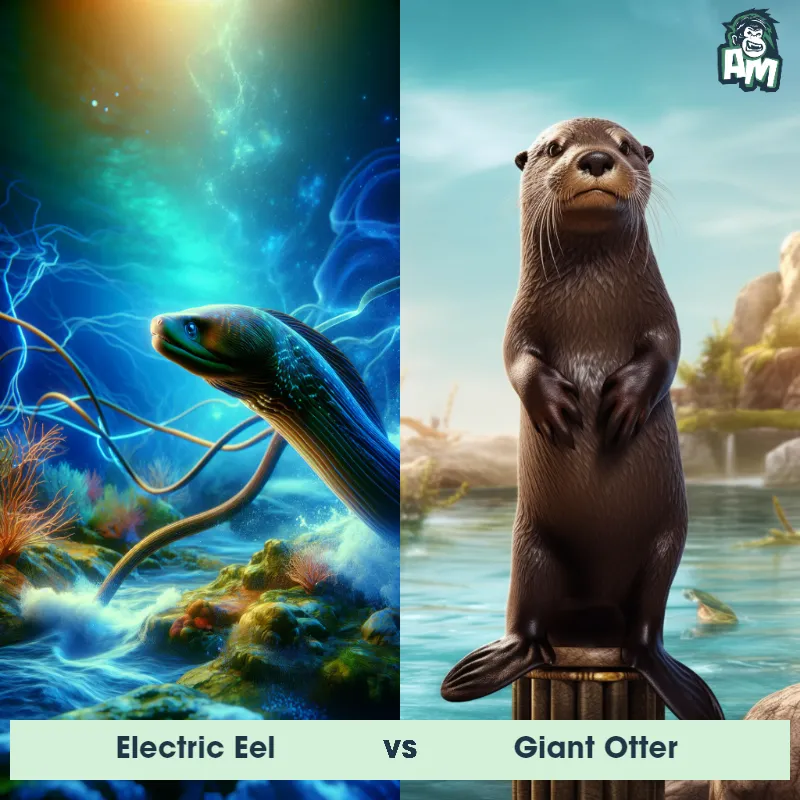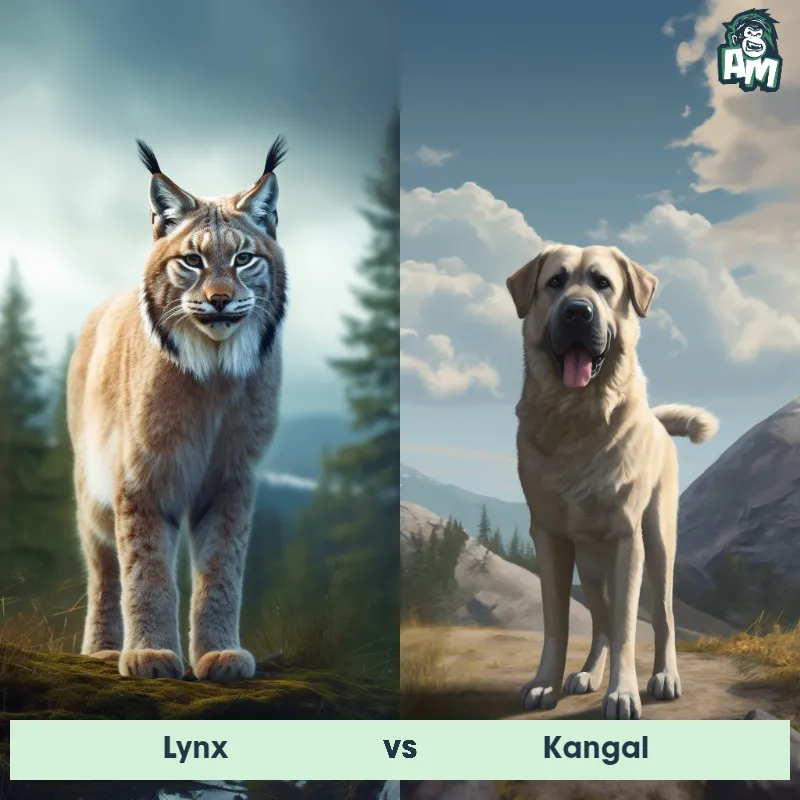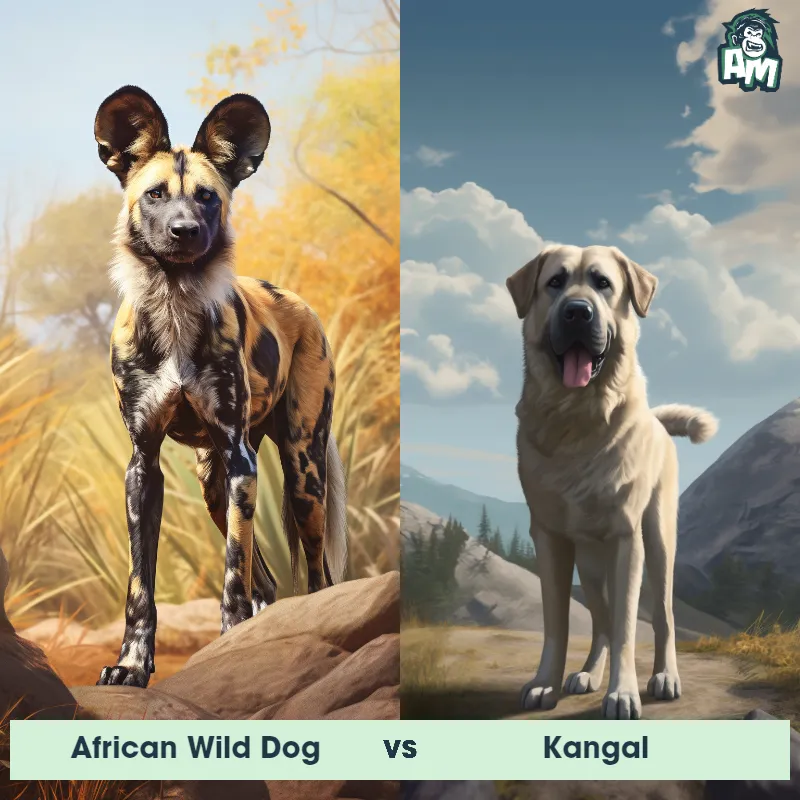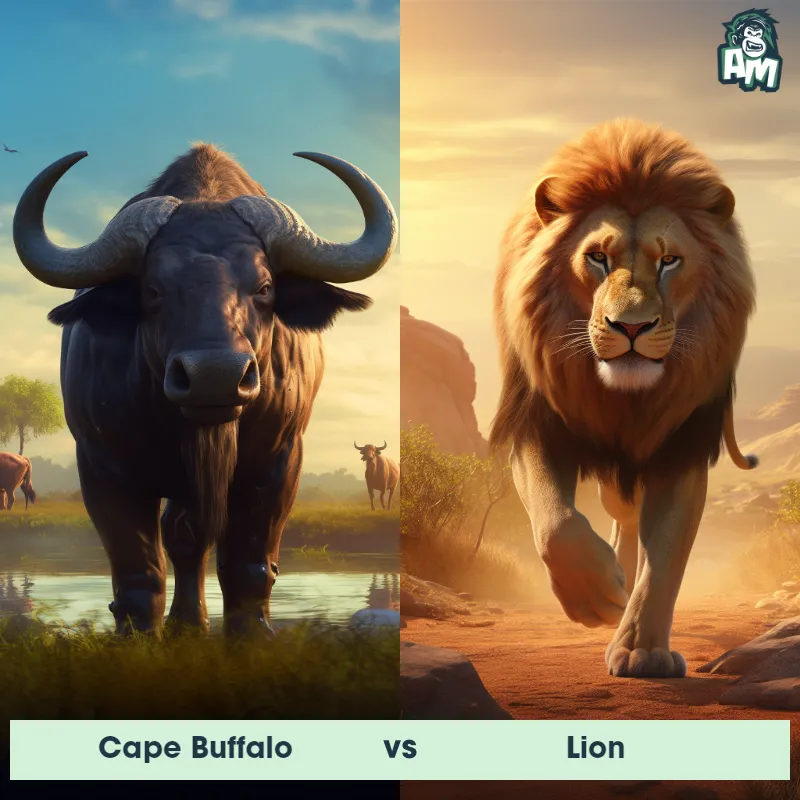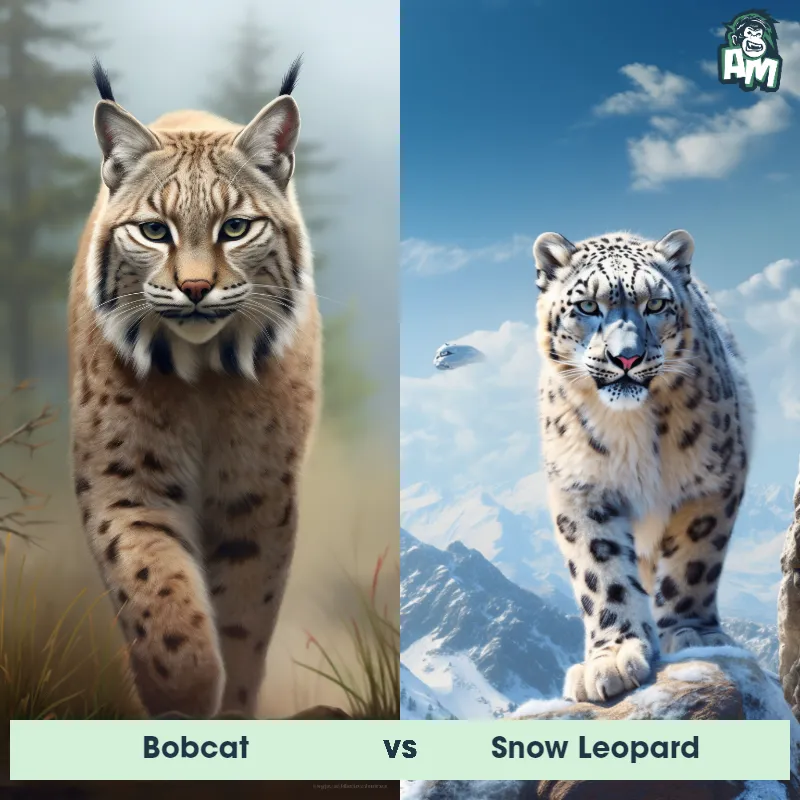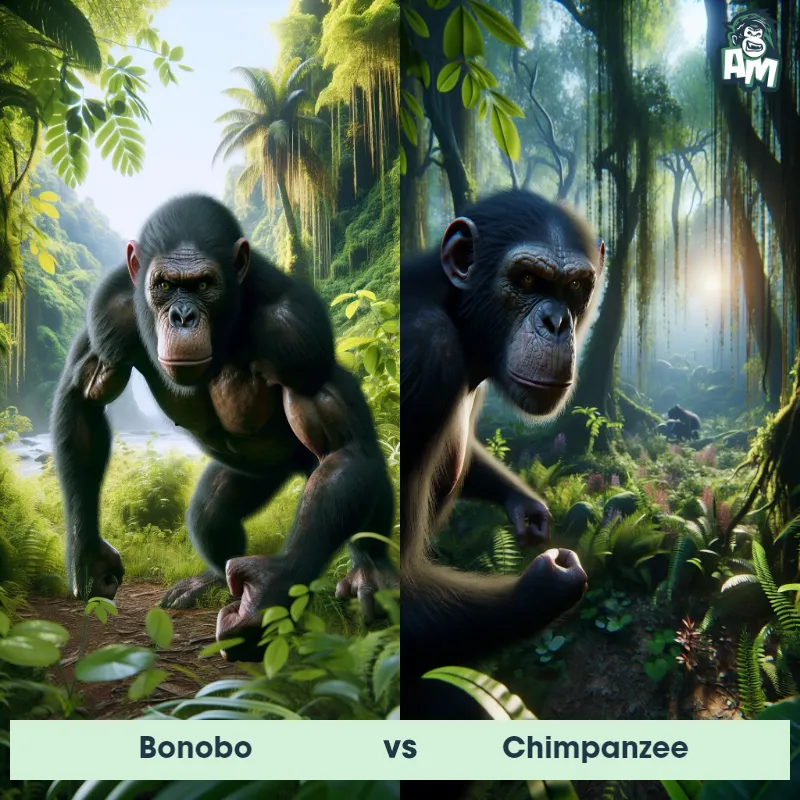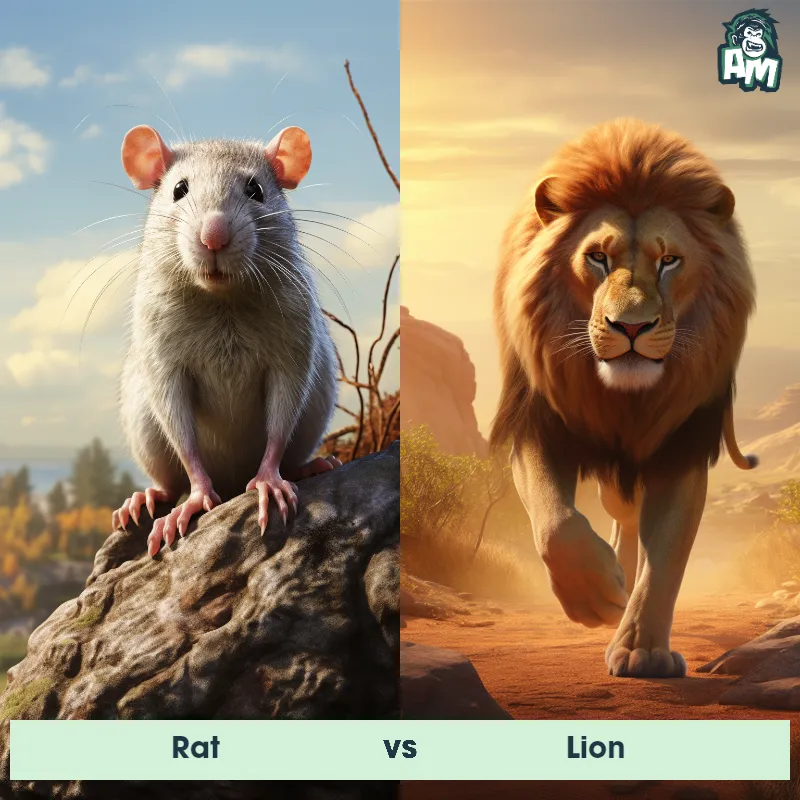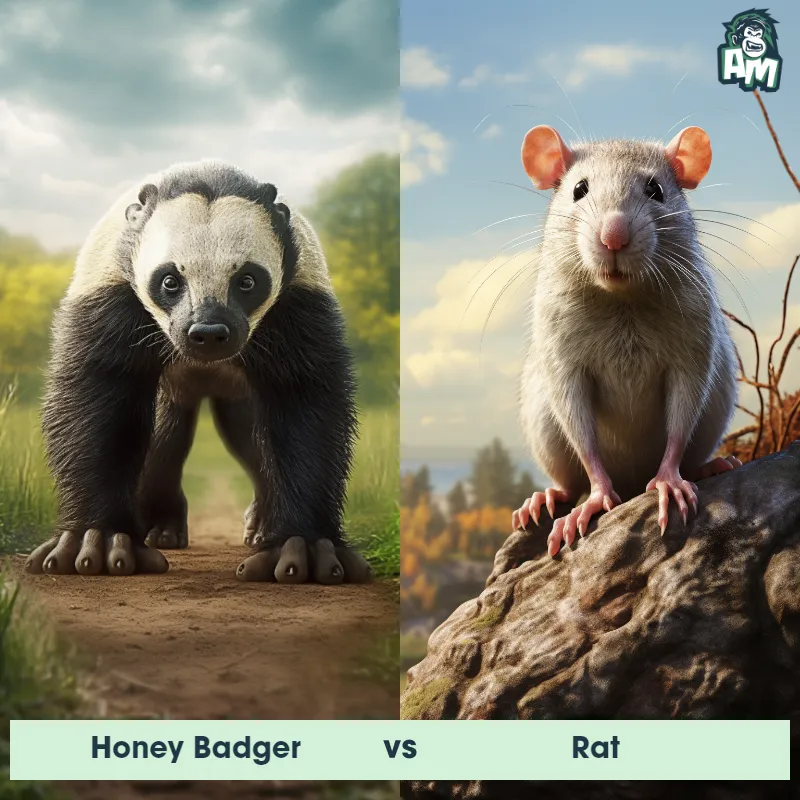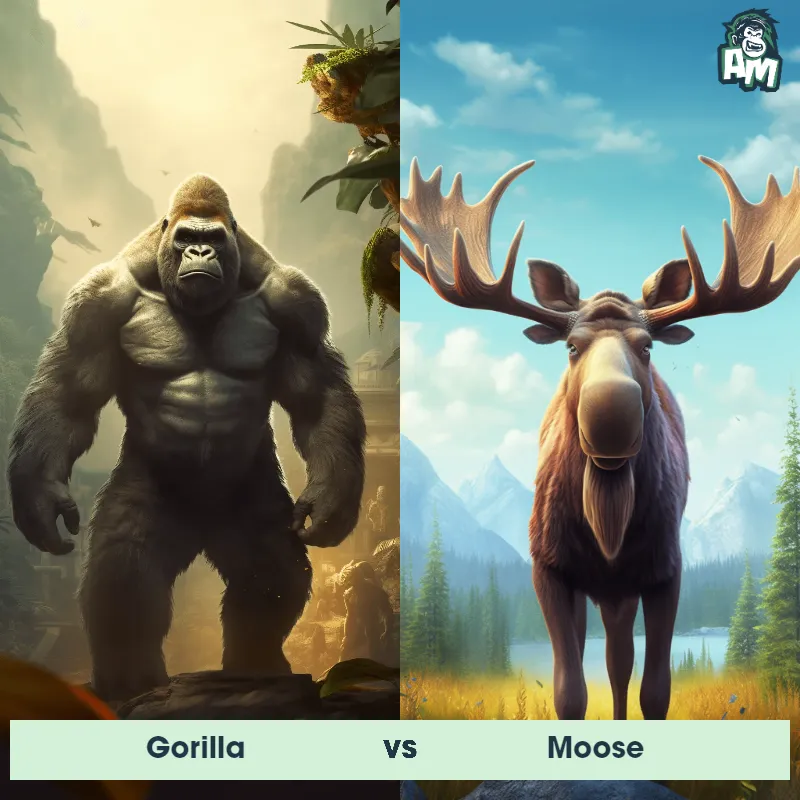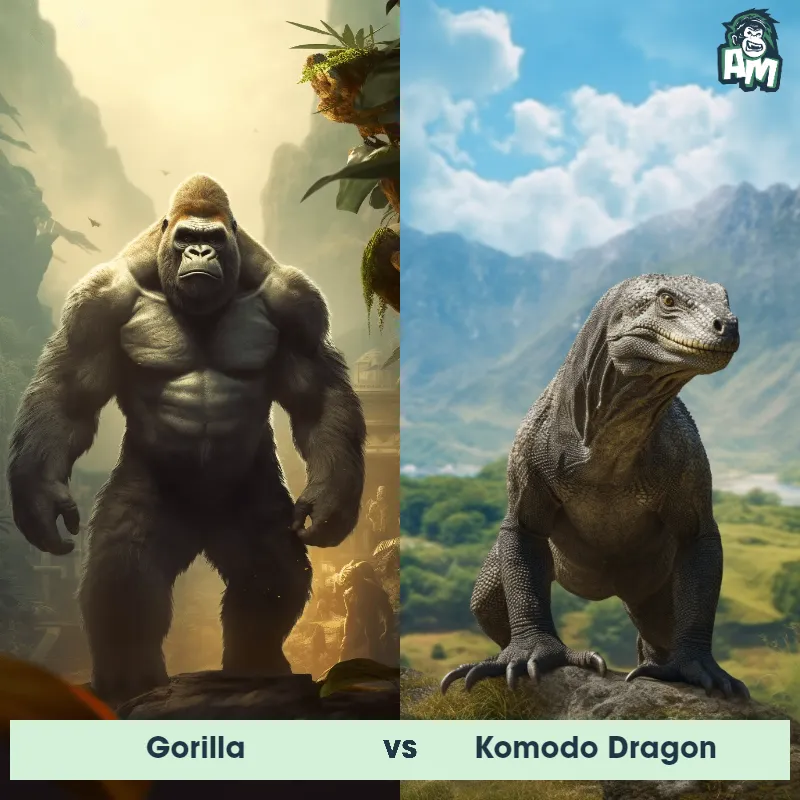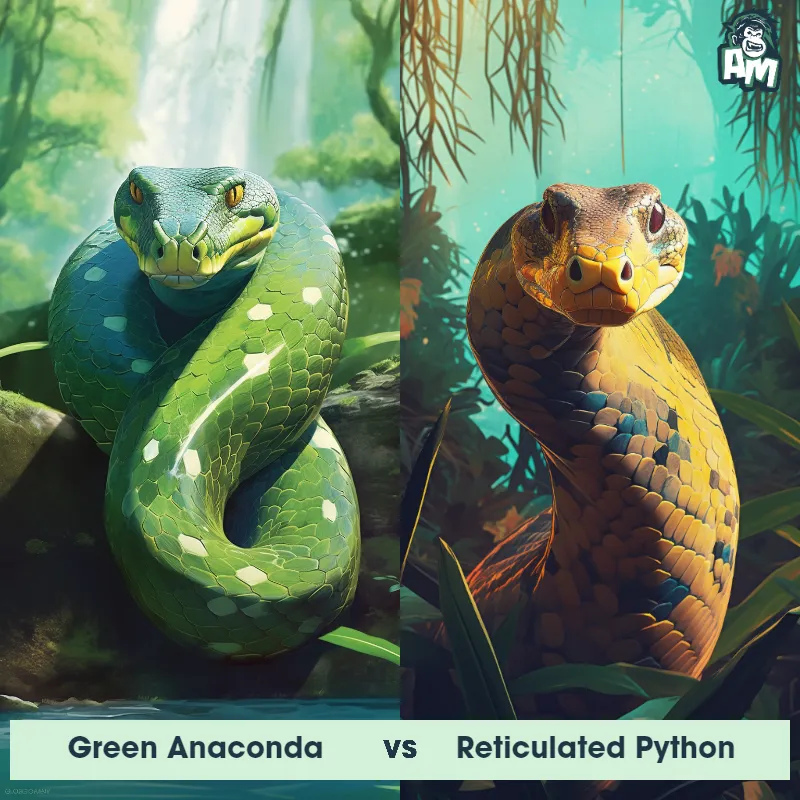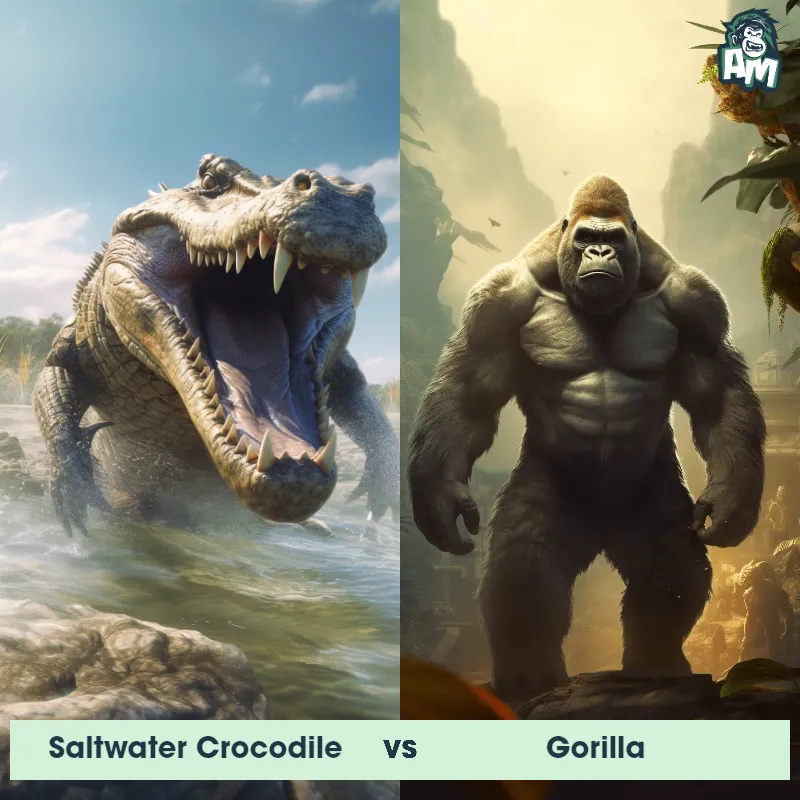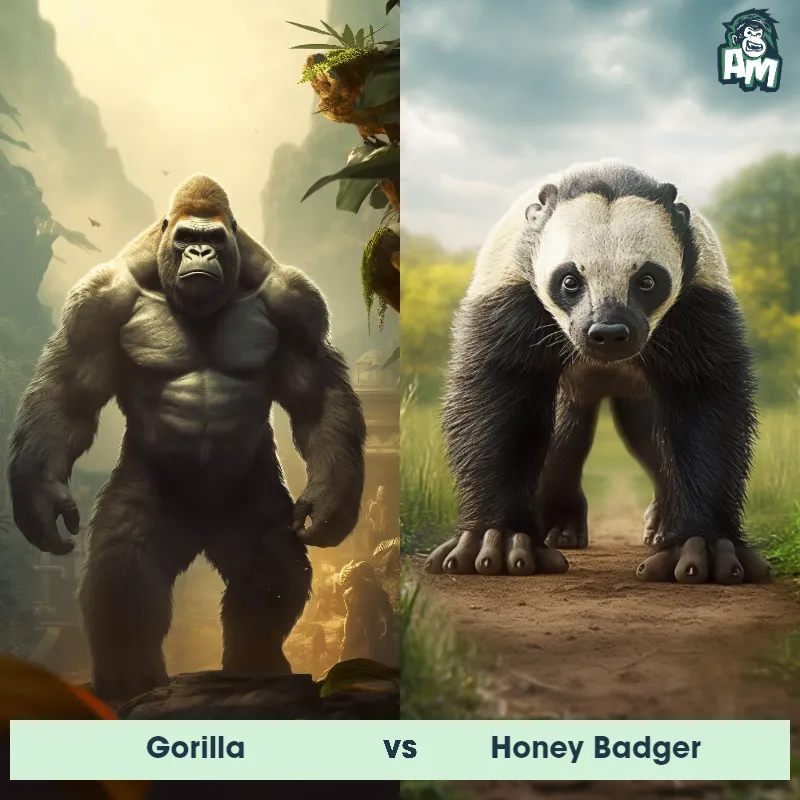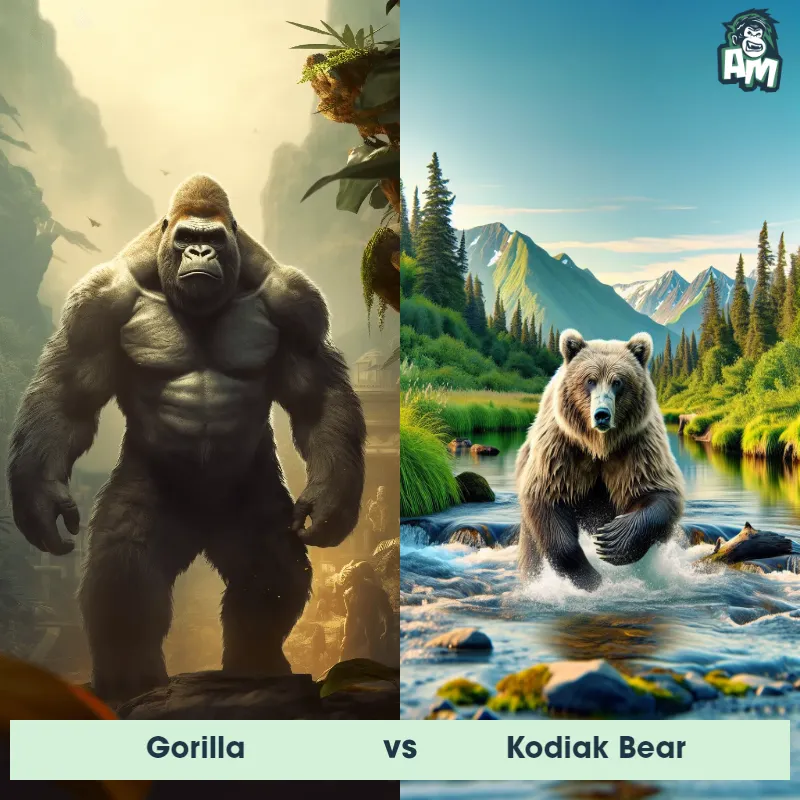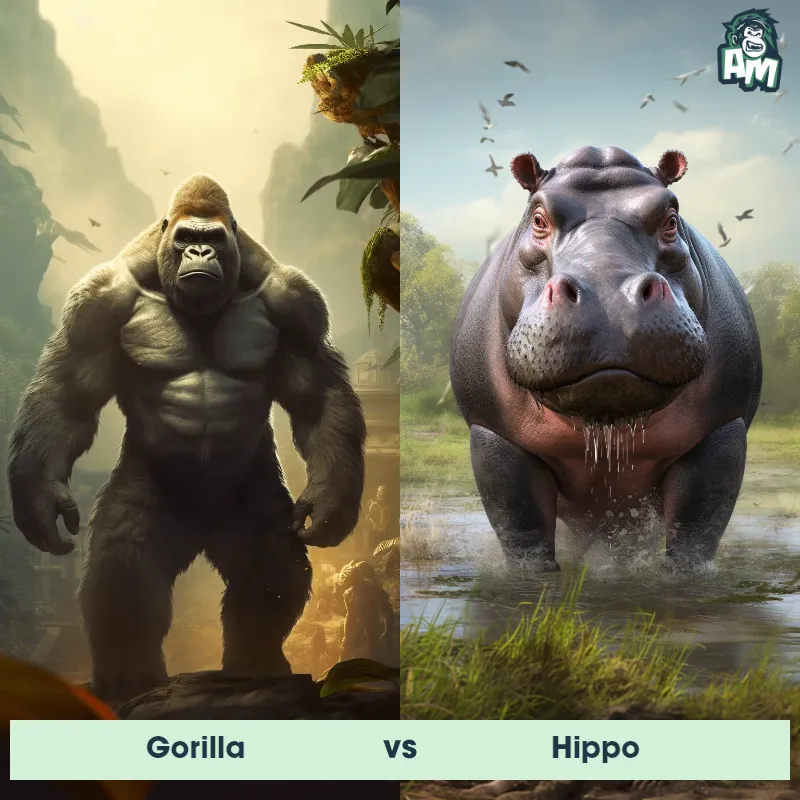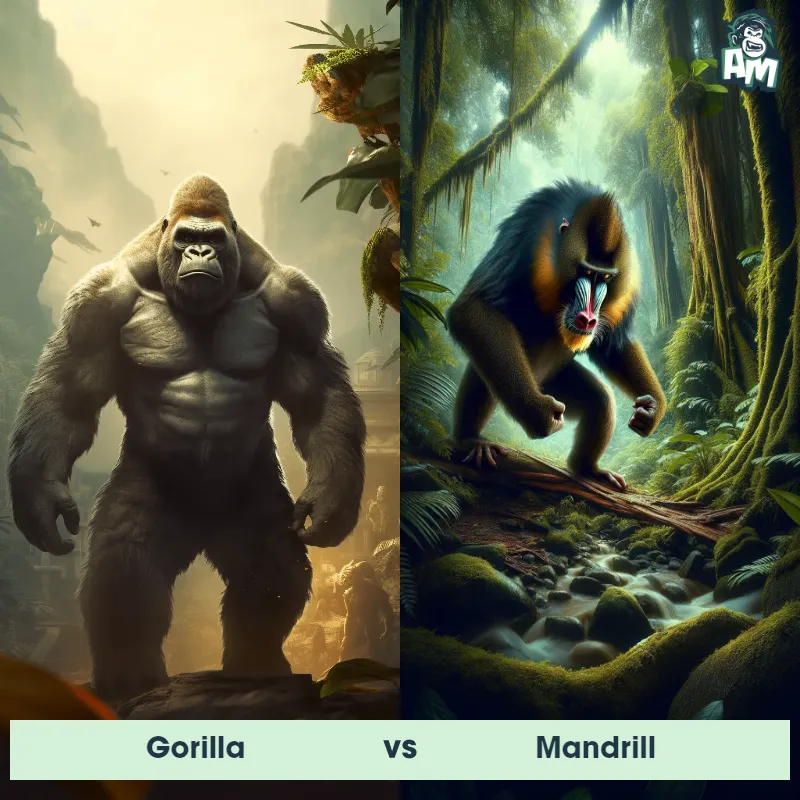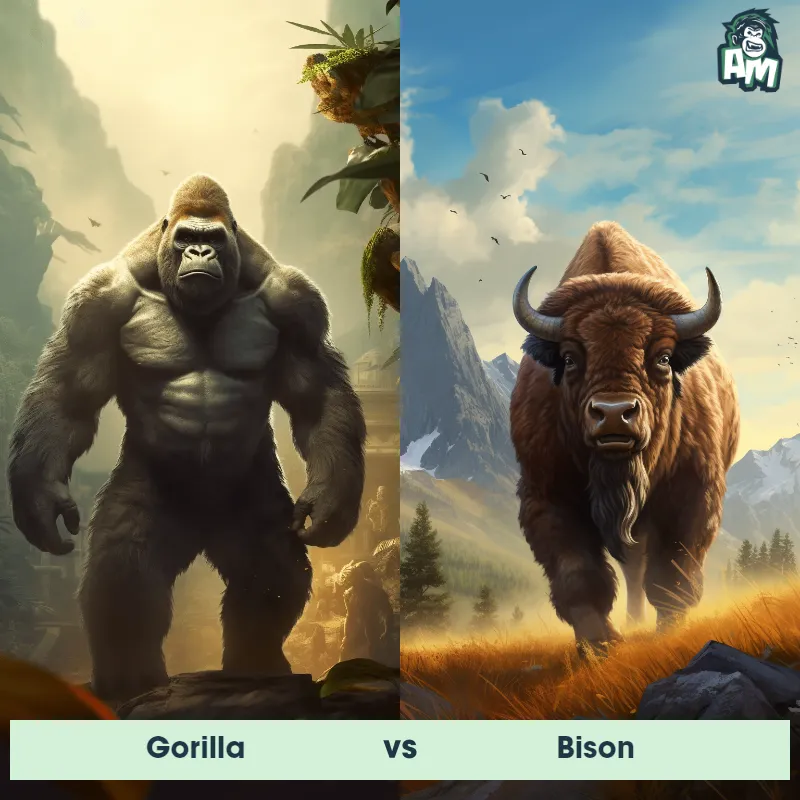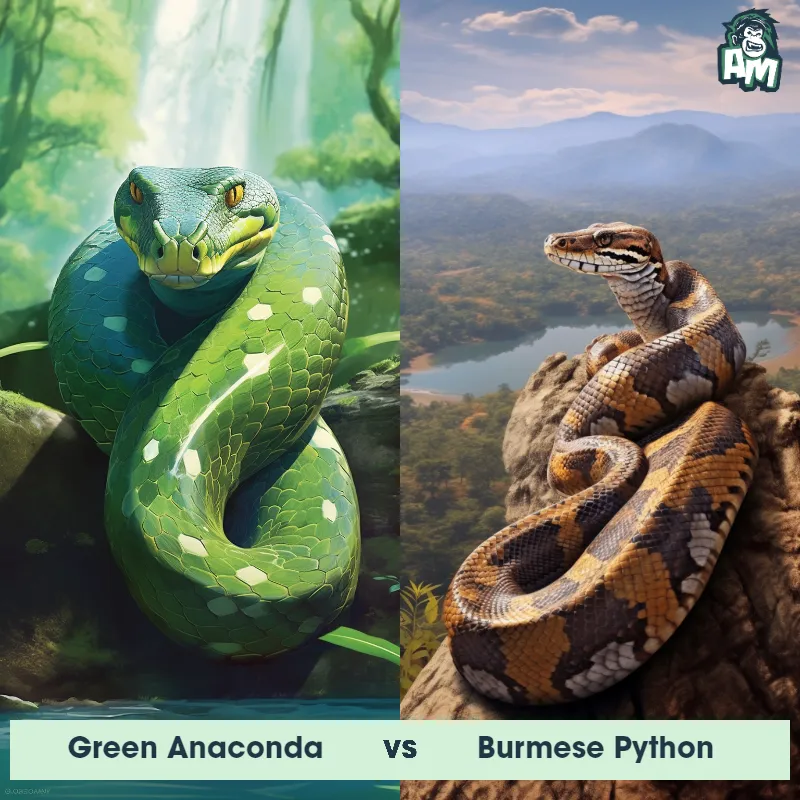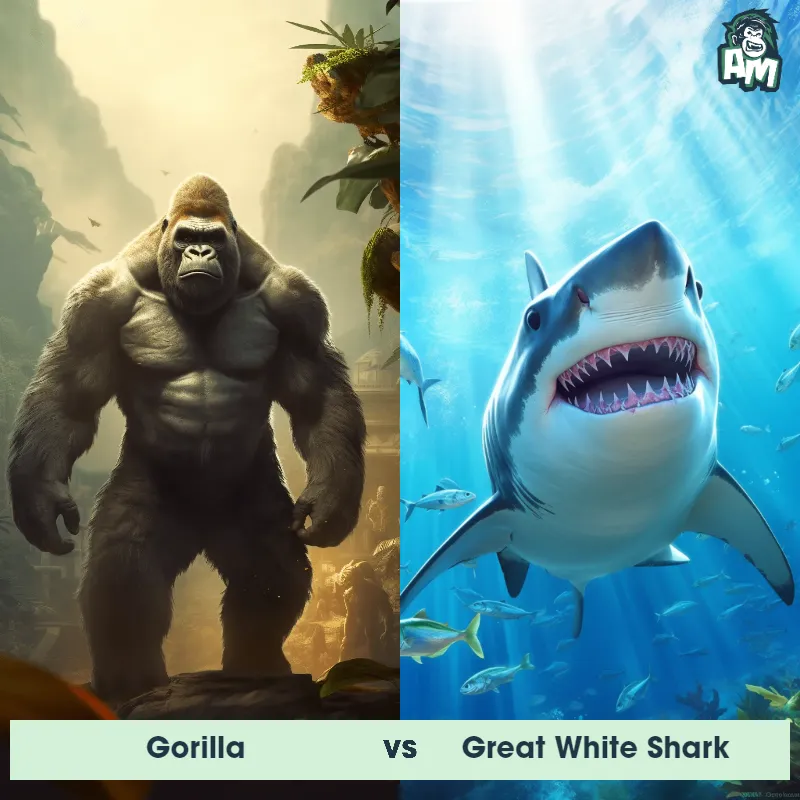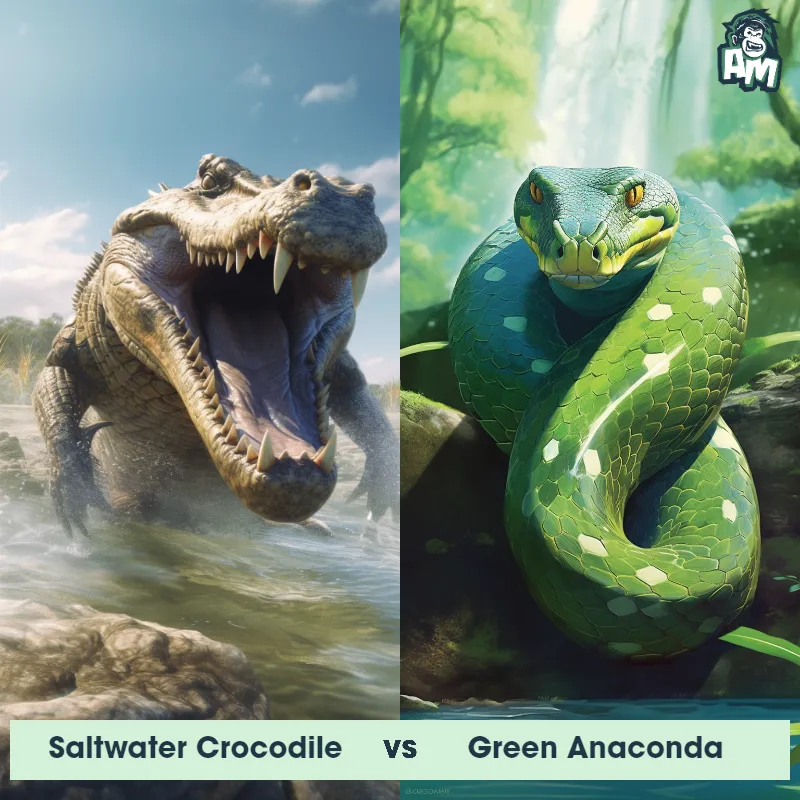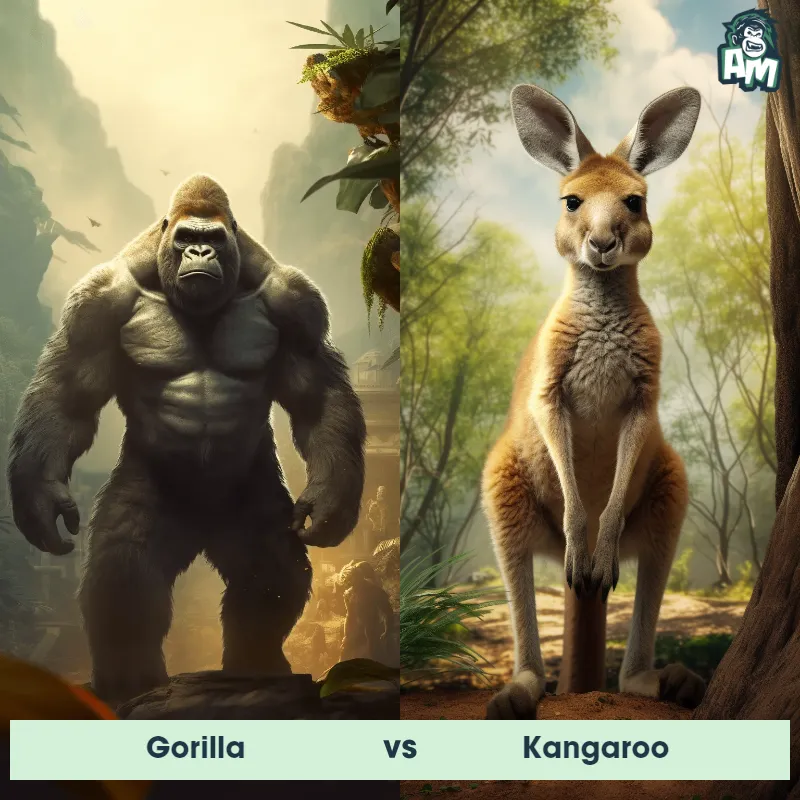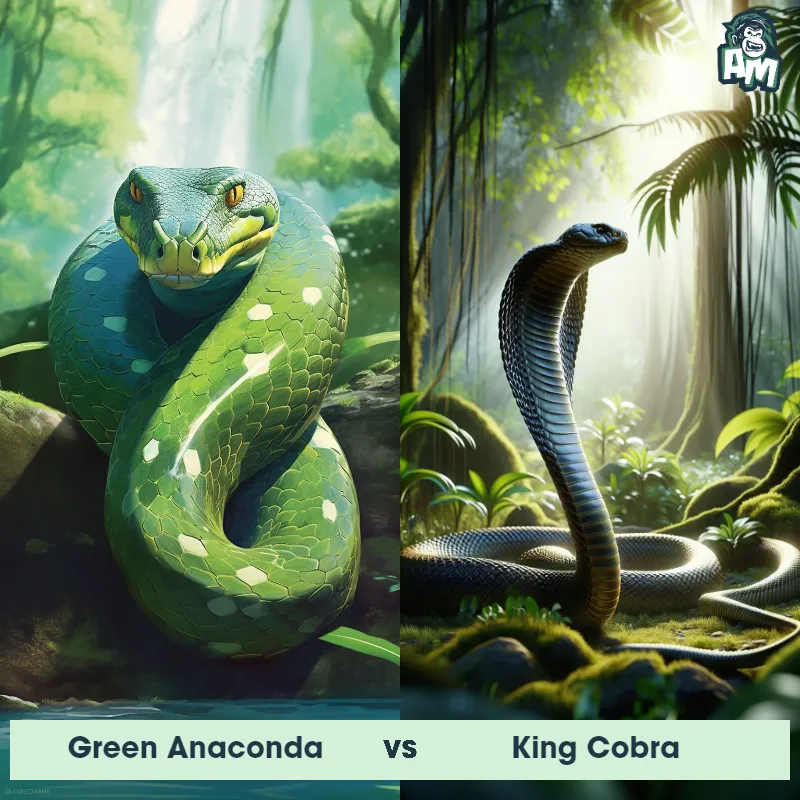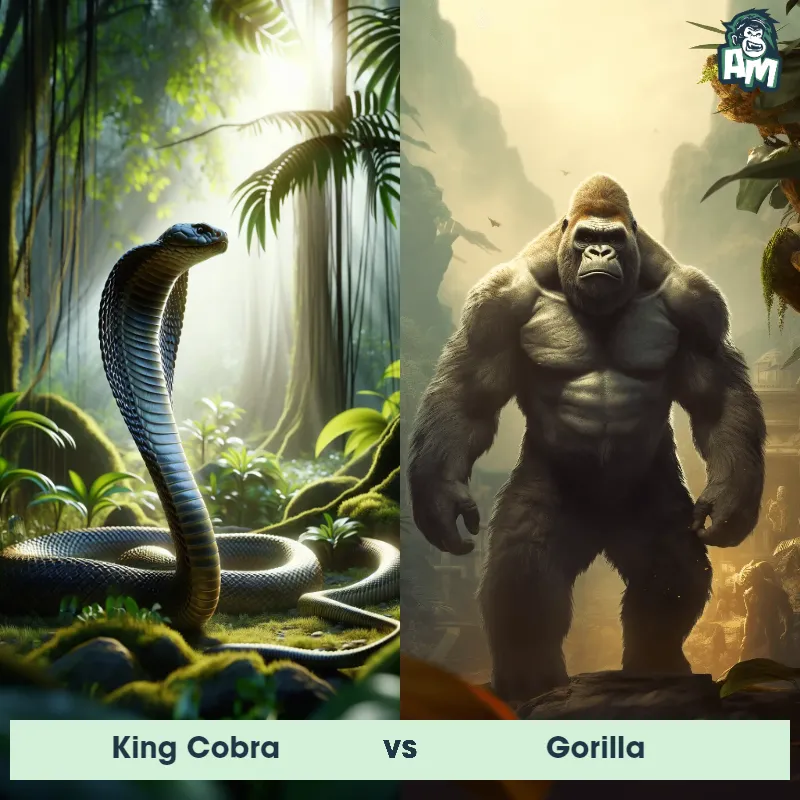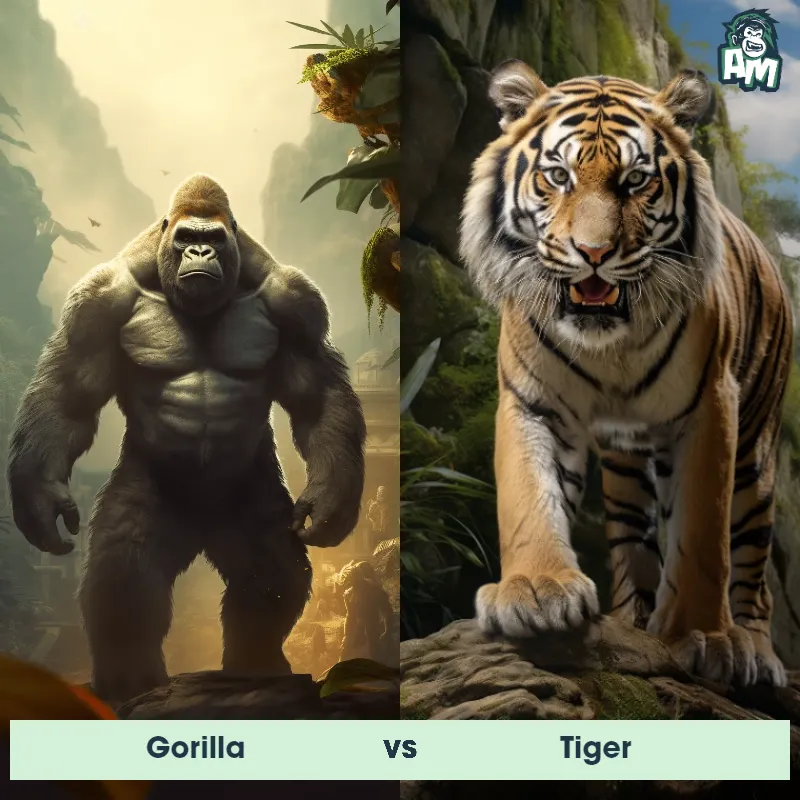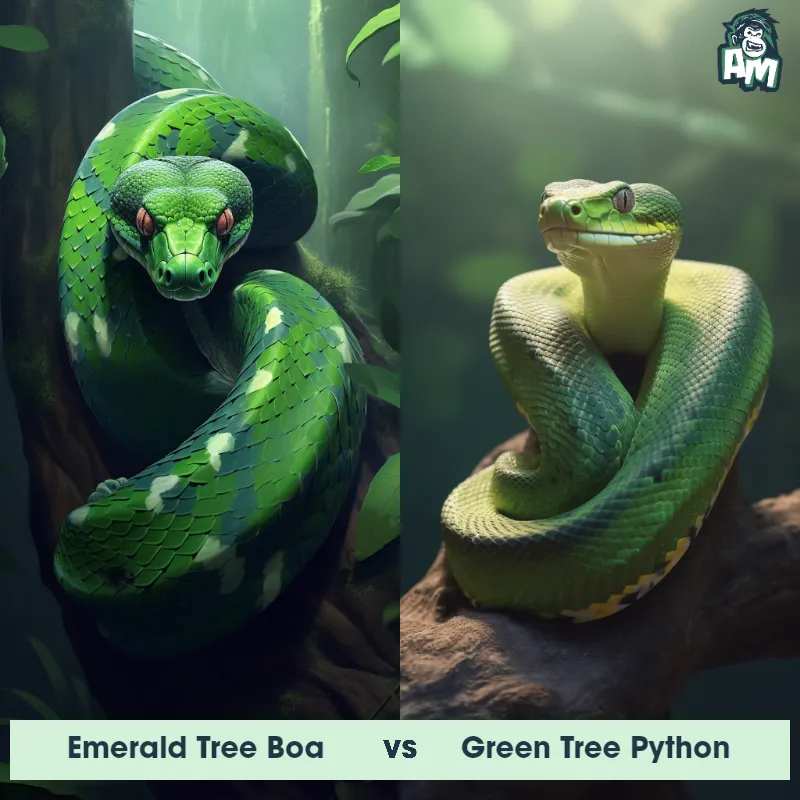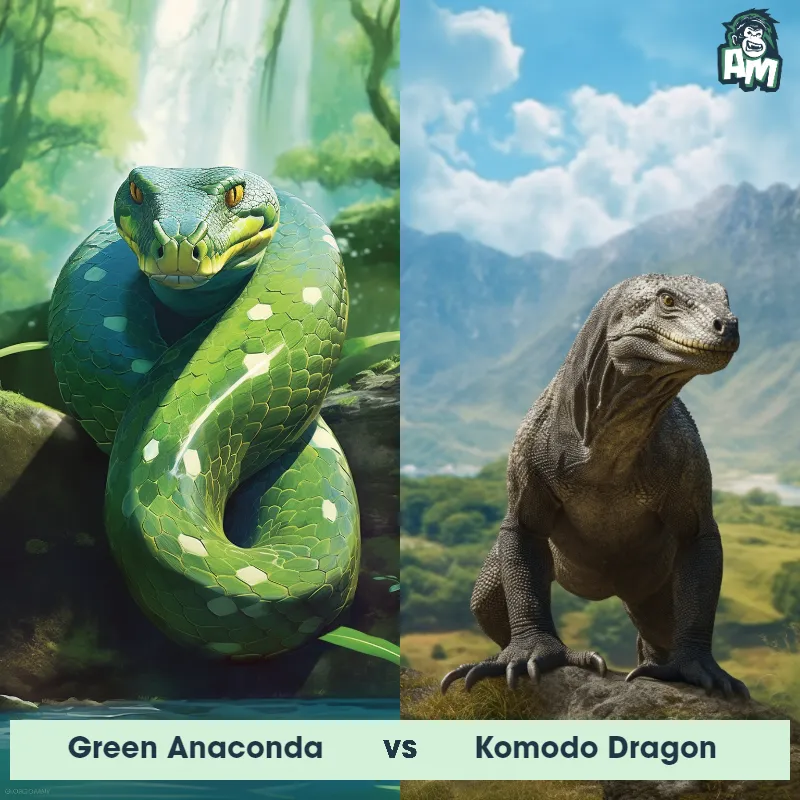Green Anaconda vs GorillaSee Who Wins

Ladies and gentlemen, welcome to this extraordinary matchup between two fierce creatures of the wild! In one corner, we have the mighty Gorilla, known for its incredible strength and agility. And in the opposite corner, we have the Green Anaconda, a predator with its lethal constriction technique. They are both ready to rumble (oops, almost said it!) and claim the title of the dominant force in this ultimate face-off.
Contender 1: Green Anaconda
The Green Anaconda, also known as the common anaconda, is one of the largest and heaviest snakes in the world, with females growing up to 30 feet long and weighing over 500 pounds. They have a dark green coloration with black oval spots along their back and sides, and their eyes and nostrils are located on the top of their head, allowing them to breathe and see while mostly submerged in water. They are non-venomous constrictors, using their powerful muscles to squeeze their prey to death before swallowing them whole.
Fun Fact: Green Anacondas are excellent swimmers and can stay underwater for up to 10 minutes, using their nostrils to breathe while submerged.
Contender 2: Gorilla
The Gorilla is a large, powerful primate that is native to the forests of central and eastern Africa. They are known for their muscular build, with males weighing up to 400 pounds and standing up to 6 feet tall. Gorillas have a distinctive black fur coat and a broad, flat face with a prominent brow ridge. They are herbivores, primarily eating leaves, stems, and fruits, and live in social groups led by a dominant male.
Fun Fact: Gorillas are one of the few animals that have been observed using tools in the wild, such as using sticks to measure the depth of water or as a weapon to defend themselves.
Matchup Stats
| Green Anaconda | Gorilla | |
|---|---|---|
| Size | Up to 30 feet (9.1 meters) long | Up to 6 feet (1.8 meters) |
| Weight | Over 500 pounds (227 kilograms) | Up to 400 pounds (181 kilograms) |
| Speed | Speed: 5 mph (8 km/hr) | Speed: 20 mph (32.19 km/hr) |
| Key Strength | Powerful constricting muscles | Powerful arms and large size |
| Biggest Weakness | Slow movement on land | Vulnerable to attacks on the head and neck |
Current Votes
Green Anaconda vs Gorilla
See Who Wins
View More Matches
Looking For More?
Similar Matches
Scientific Stats
| Green Anaconda | Gorilla | |
|---|---|---|
| Scientific Name | Eunectes murinus | Gorilla |
| Family | Boidae | Hominidae |
| Habitat | Freshwater rivers, swamps, and marshes | Forests |
| Geography | South America | Central and Eastern Africa |
| Diet | Carnivorous, feeding on a variety of prey including fish, birds, mammals, and reptiles | Herbivore |
| Lifespan | 10 years - 30 years | 35 years - 50 years |
Key Differences between Green Anaconda and Gorilla
- Coloration: The Green Anaconda exhibits a dark green coloration with black patches along its back, which help it to camouflage in dense vegetation and water, while Gorillas have coarse, black hair covering their bodies, making them appear predominantly black.
- Body shape: Green Anacondas have a long and cylindrical body shape, allowing them to navigate through water with ease, whereas Gorillas possess a stocky and robust body structure that is adapted for terrestrial movement.
- Limb structure: Green Anacondas have no limbs and move through undulations of their body, while the Gorilla possesses strong and muscular limbs specifically adapted for walking on all fours, allowing for both terrestrial and arboreal mobility.
- Facial features: Green Anacondas have a relatively small and elongated head with upward-facing eyes and nostrils located on the top, allowing them to breathe and observe prey while mostly submerged, whereas a Gorilla has a large and prominent face with a protruding jaw and a small forehead.
- Size: The Green Anaconda is significantly larger than a Gorilla, with adult Anacondas reaching lengths of up to 30 feet and weighing over 550 pounds, whereas adult Gorillas typically measure around 5-6 feet tall and weigh between 300-500 pounds.
- Skin texture: The Green Anaconda displays rough and bumpy scales on its skin, providing protection and helping it to blend into its surroundings, whereas Gorillas have a covering of coarse, thick hair all over their bodies.



